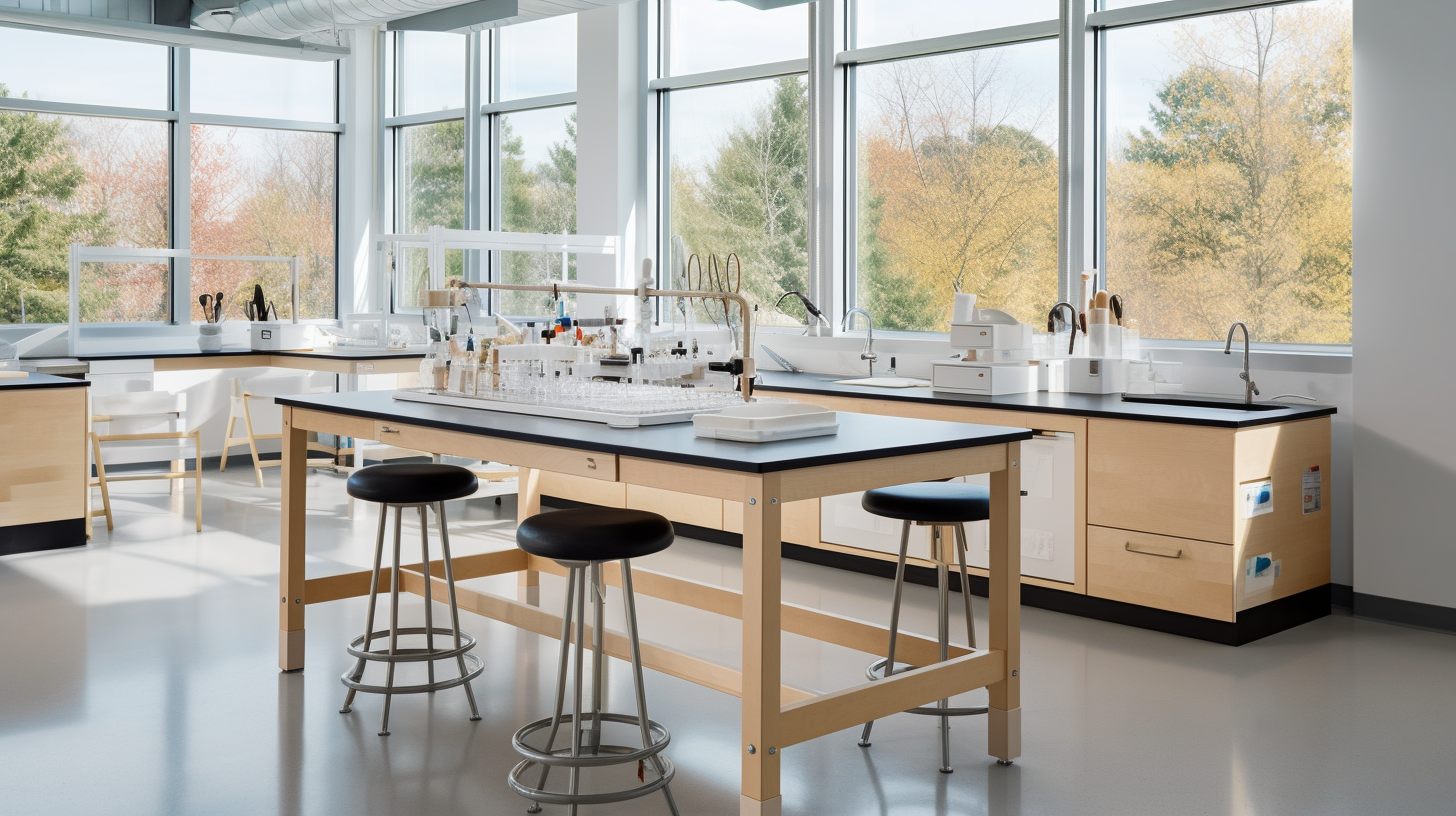Working in a laboratory can be a rewarding and exciting experience, but it can also pose several challenges for scientists, technicians, and other professionals who spend long hours conducting experiments, analyzing data, and writing reports. One of the most common problems encountered in laboratories is discomfort and fatigue due to prolonged standing or sitting in awkward postures or cramped spaces. These issues can not only affect the health and well-being of laboratory workers but also impact the quality and accuracy of their work. Fortunately, the solution to these challenges lies in using ergonomic lab tables, which offer several advantages over traditional laboratory furniture. In this article, we will explore the benefits of ergonomic lab tables and how they can improve the comfort, safety, and productivity of laboratory workers.
The Advantages of Ergonomic Lab Tables
Enhance Comfort and Reduce Fatigue
One of the primary advantages of utilizing height adjustable ergonomic lab tables is their ability to provide optimal comfort and reduce fatigue for laboratory workers of varying stature. Ergonomic lab tables are designed with dynamically adjustable height mechanisms vs. static or pin-lock tables is that they allow users to customize the height of the table to suit their individual needs whenever needed. This feature is particularly beneficial for scientists and technicians who work with microscopes or other instruments that require precise eye-level positioning and are not dedicated to a single individual. By adjusting the height of the table, laboratory workers can avoid straining their neck, back, and shoulders, which can lead to discomfort and fatigue or even injury.
Promote Safety and Reduce Injury Risk
Another advantage of ergonomic lab tables is their ability to promote safety and reduce the risk of injury for laboratory workers. Fixed height tables can cause a situation where the worker is having to stretch or bend to a level that can be both a health or safety risk. Additionally, ergonomically designed lab tables are equipped with features such as rounded corners, cable management systems, and surfaces that help prevent accidents, injuries or undue strain.
Improve Accuracy and Efficiency
Ergonomic lab tables can also improve the accuracy and efficiency of laboratory work. By providing laboratory workers with a comfortable and safe working environment, ergonomically designed lab tables can help reduce distractions and errors that may arise from discomfort, fatigue, or injury. Ergonomic lab tables can also be customized with various accessories and features that can enhance productivity and organization, such as built-in storage compartments, adjustable lighting, and electrical outlets. When adding casters, these tables can become mobile which allows the user to re-positioned or move the table to where it is the most convenient or efficient vs. transporting the work to the workstation.
Accommodate Diverse Needs and Preferences
By incorporating dynamic height adjustability lab tables can be customized to meet the diverse needs and preferences of multiple workers. For example, some workers may prefer to sit while working, while others may prefer to stand. Ergonomic lab tables can accommodate both of these preferences by providing adjustable height mechanisms that allow workers to switch between sitting and standing positions as needed. Additionally, height adjustability offers the ability for the same workstation to be used to accommodate ADA needs thus improving the utilization and lowering overall costs.
Enhance Flexibility and Mobility
Ergonomic lab tables can also enhance the flexibility and mobility of laboratory work. Traditional laboratory furniture can be bulky and cumbersome, making it difficult to move or rearrange as needed. Ergonomic lab tables, on the other hand, are designed with lightweight materials and casters that allow laboratory workers to easily move the furniture to different locations or reconfigure it for different tasks. This feature can be especially beneficial for laboratories that require frequent reorganization or experimentation.







